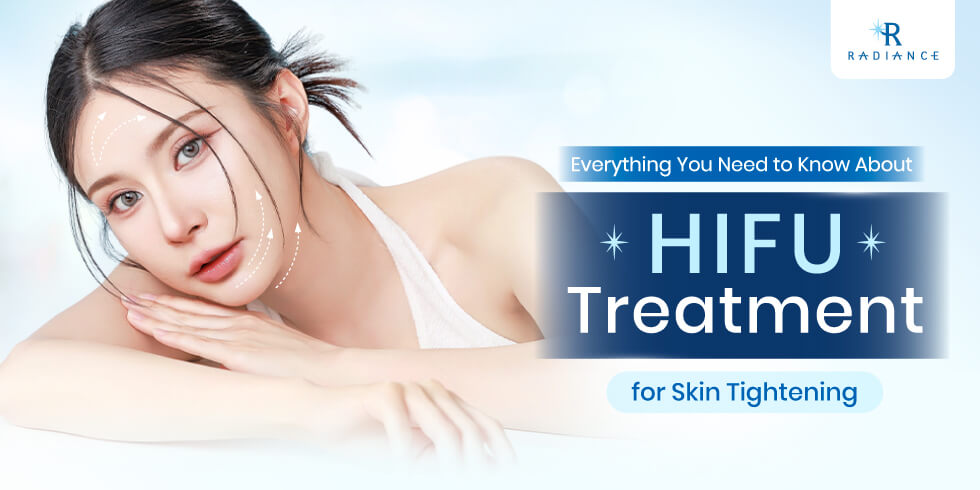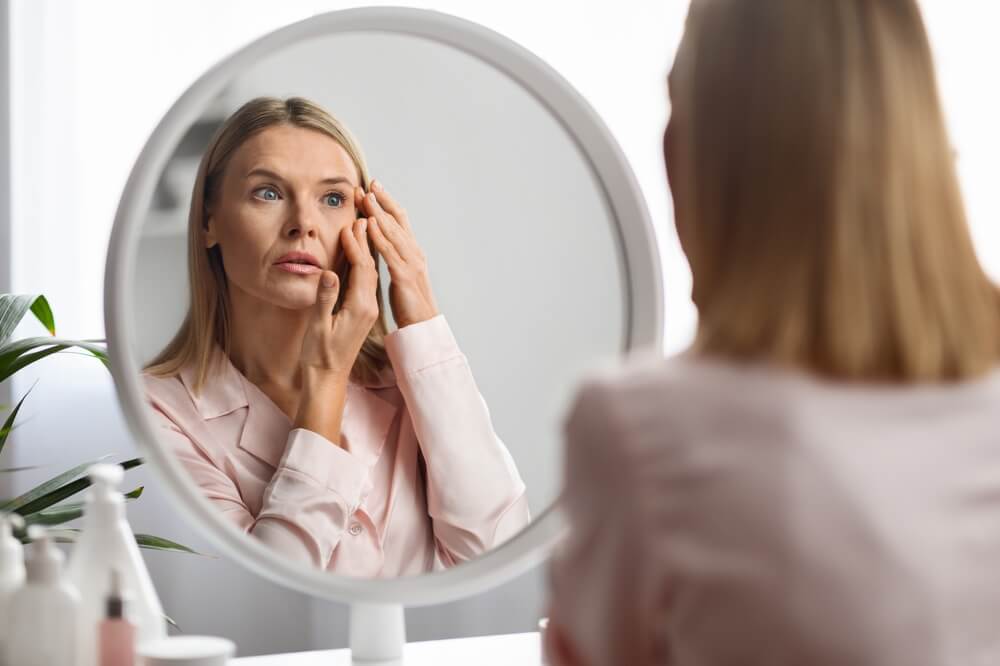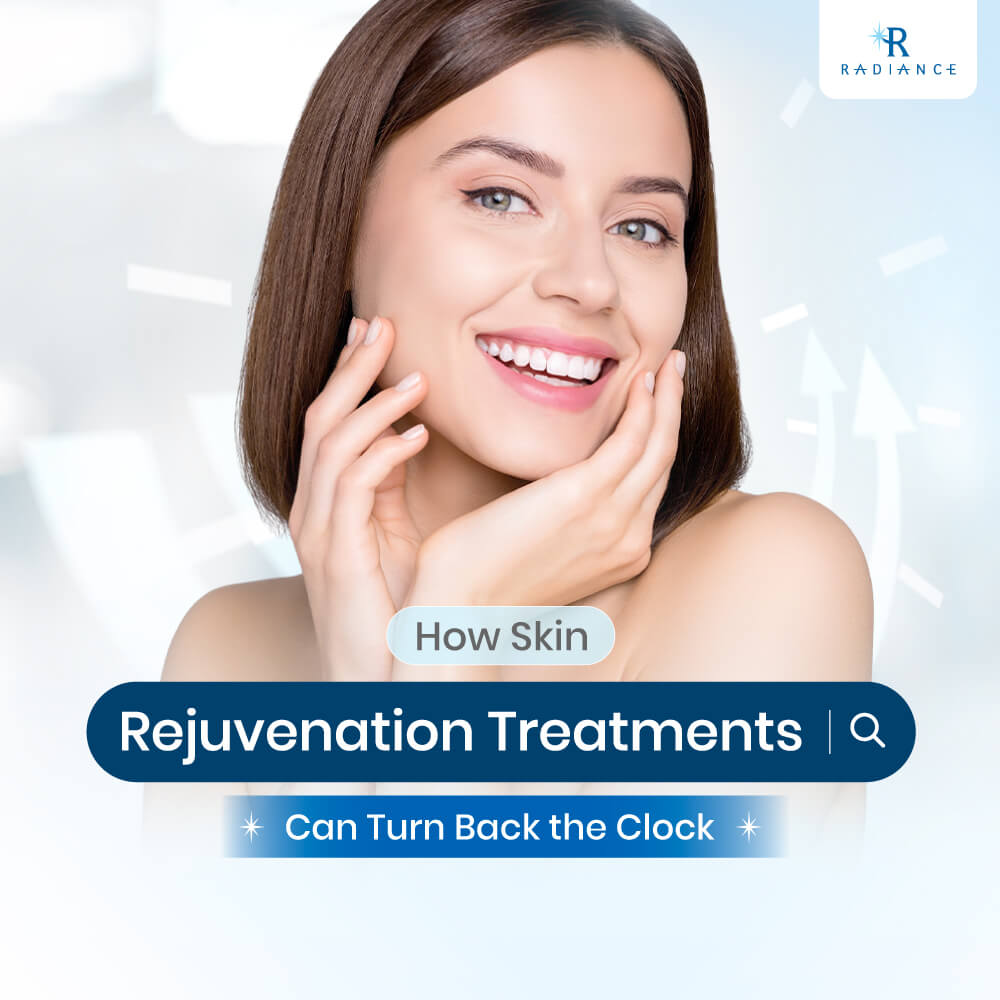
Skin laxity is one of the common aesthetic concerns that is directly visible and becomes more intense over time. In the past, the only option for dealing with skin laxity was a surgical facelift procedure. While its effectiveness is instantly visible, its adverse effects make it a latter option to choose for. Currently, the number of non-surgical facelift treatments has become available for those seeking a solution, with HIFU becoming the most common non-invasive treatment as it comes with minimal concerns while effectively providing visible results in skin tightening.

This article will focus on skin tightening with HIFU machines, especially on why it is a preferable choice for non-surgical facelift treatment, and all other things you need to know that help you find a place for non-surgical HIFU facelift treatment in Bangkok.
What is HIFU, and how does it work?
High-Intensity Focused Ultrasound, or HIFU, is one of the non-invasive treatment techniques that uses ultrasonic waves as a source of energy to heat or ablate tissue directly. The nature of the ultrasound, or the sound waves of the high frequency range of more than 20,000 Hz, requires a medium with particles to vibrate to conduct or propagate its energy. Thus, the wave itself would continually be reduced or weakened with the distance it travels. This phenomenon is caused by the scattering of the waves, and also the conversion of energy into heat, known as “viscoelastic”
While the ultrasound itself could not generate a sufficient level of energy that could lead to biological interaction with the cells, using equipment that focuses the ultrasound waves on the designated spot in the same way as a magnifying glass – formally known as High-Intensity Focusing – will make the ultrasound waves accumulate their energy to a level that could generate reactions to biological tissue. By comparison, imaging ultrasound had its intensities between 0.1-100 mW/cm2 while HIFU had much higher intensities between 100-10,000 W/cm2
High-intensity ultrasound waves then react with biological tissue in multiple ways. The most common occurrence is the thermal effect that high-intensity ultrasound waves will heat the tissue to 60°C or higher, following vibration or rotation of molecules or parts of macromolecules in the tissue resulting in frictional heat. High-intensity ultrasound also led to cavitation, the creation or motion of a gas cavity in an acoustic field due to alternating compression and expansion of tissue as an ultrasound field propagates through it. Cavitation, if unstable (or inertial), could lead to both thermal effects with intensified heat and also mechanical effects in terms of jet streams and shock waves.
While the study on HIFU effects on biological tissue could trace back to 1942, the commercial HIFU machine was approved by the FDA as late as 1994. Since then, HIFU has been primarily used for non-invasive thermal ablation and also as an adjunct to drug delivery due to its effect on membrane permeability.
Why is HIFU considered a first option for skin tightening?
Dermatologists brought HIFU to the aesthetic world due to its ability to heat the cells while being non-invasive. The most common aesthetic application of HIFU is skin tightening, as HIFU can penetrate into the inner layer of the skin known as the Superficial Muscular Aponeurotic System or SMAS to heat it up and stimulate the generation of collagen and elastin, key components of skin cells.
Then, HIFU could result in tighter and firmer skin as a sufficient amount of protein that helps make your skin full and flexible. Also, HIFU could help improve skin texture and tone, as it also brings in the regeneration of new skin cells. As a result, HIFU becomes an effective means for tightening sagging skin and the décolletage; enhancing jawline definition; and lifting the cheeks, eyebrows, and eyelids. In addition, HIFU could help reduce wrinkles and fine lines as newly generated collagen helps fill up those gaps between skin cells.
Compared to other procedures, HIFU brought in more benefits in skin lifting and tightening, which include
- Being Non-Invasive: The key advantage of HIFU is that it is a non-invasive procedure by nature, meaning it requires less preparation, is less painful during the operation, and also results in less downtime compared to other procedures.
- Safe and Effective: HIFU is generally considered a safe procedure under the hands of a qualified dermatologist, considering that it does not require incisions, injections, or application of anesthesia. In addition, HIFU is effective for almost every skin type and condition, with visible results within months.
- Versatility: HIFU can be used on various areas of the face and body, including the abdomen, arms, and thighs.
- Natural-Looking and Gradual Results: The stimulation of own collagen made the results of HIFU treatment more natural and subtle enhancement rather than an “overdone” look. In addition, the results from HIFU last longer as they appear gradually over two to three months, and are effective for at least six months.
Reading to this point, if you are searching for non-surgical HIFU facelift treatment in Bangkok, consider contacting us for additional consultation for the best option tailored for you.

What do you need to know before considering HIFU facelift treatment?
If you are the one who is concerned about loose and lax skin, HIFU facelift treatment will be most effective for those who have mild-to-moderate skin laxity. Those who have a high degree of loose skin or photodamaged skin may require several treatments for visible results. However, those who have severe skin laxity, or very saggy skin, may consider facelift surgery as a better option compared to HIFU facelift treatment.

In addition, those who had metallic implants in the treatment area should avoid any HIFU or other types of treatment that use ultrasound waves, as those metallic objects would interfere with them. Also, those with infections, open skin lesions, and severe or cystic acne should avoid HIFU facelift treatment, and also other aesthetic treatments.
For those who are a fit candidate after the consultation with a certified dermatologist, here are some FAQs you need to know about the HIFU facelift treatment program
Q: What do I need to do on the day of the treatment?
A: The only pre-operation requirement is to remove all makeup and skin care from the treatment area.
Q: Is the HIFU facelift treatment painful?
A: The HIFU treatment itself feels like tiny electric pulses or a light prickly sensation, which is not very painful. However, the level of discomfort depends on the level of energy applied and duration of the treatment, which normally lasts between 30 and 90 minutes.
If you are concerned about discomfort, topical anesthetic cream may be applied before the treatment to make the treatment area numb. Also, painkillers such as paracetamol or NSAIDs may be provided prior to treatment in case you are worried about pain during the process.
Q: Are there any side effects?
A: Other than heat and tingling during the process, mild redness or swelling may occur, but it will gradually recede over the next few hours.
Q: Is there any downtime?
A: After the HIFU facelift treatment is completed, you can resume your normal daily activities right away after the procedure if there are no complications.
Q: How long is the effectiveness of HIFU facelift treatment?
A: As HIFU stimulates the natural collagen regeneration process, the result may be fully visible after 2 to 3 months following the treatment. Its effectiveness could last as long as 6 months to 3 years following skin conditions and post-operative care, including application of sunblock and moisturizer.
Q: Do I have to frequently repeat the HIFU facelift treatment?
A: As mentioned earlier, those who have a high degree of loose skin or photodamaged skin may require several treatments. In addition, dermatologists may request several treatments for full effectiveness, which can be done 3 to 4 months apart from the previous treatment.
Non-surgical HIFU facelift treatment at Radiance Skin Clinic
Radiance Skin Clinic, a professional aesthetic clinic located in the heart of Bangkok, is a place where you can find a program for non-surgical HIFU facelift treatment provided by our teams of qualified professionals to ensure that you receive visible results for skin lifting and tightening with minimal downtime and without any complications.
In addition, Radiance Skin Clinic offers multiple options for skin lifting and tightening, including a combination of multiple procedures for a non-surgical facelift and skin tightening, including our advanced Ultraformer III machines. We apply our experience to skin analysis, medical consultation, comprehensive preparation, and postoperative follow-ups to make the treatment program the best available in dealing with your skin conditions.
If you are looking for non-surgical HIFU facelift treatment in Bangkok, visit our team for a consultation at our clinic located at Maneeya Center between 10 am and 7 pm, or leave a message on our online channel here.
Phones and WhatsApp: (+66)82-695-2496
LINE: @radiance
Facebook: https://www.facebook.com/RadianceClinicBkk
Website: https://radianceskinclinic.com







